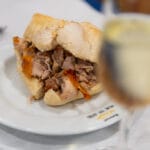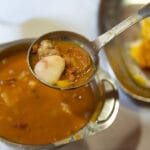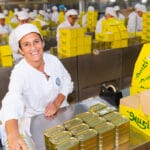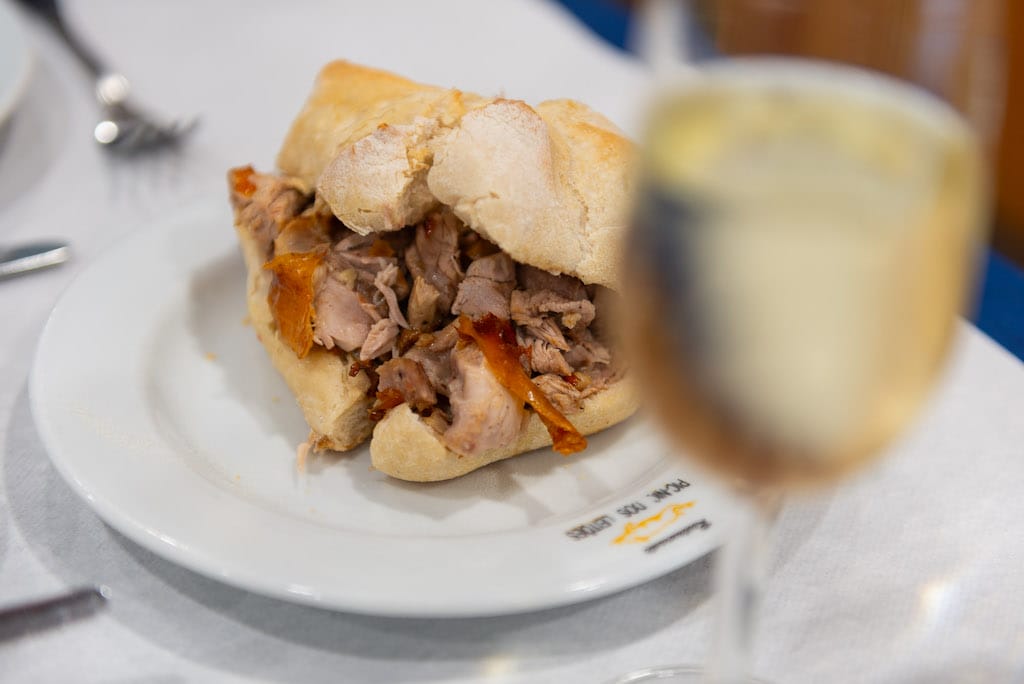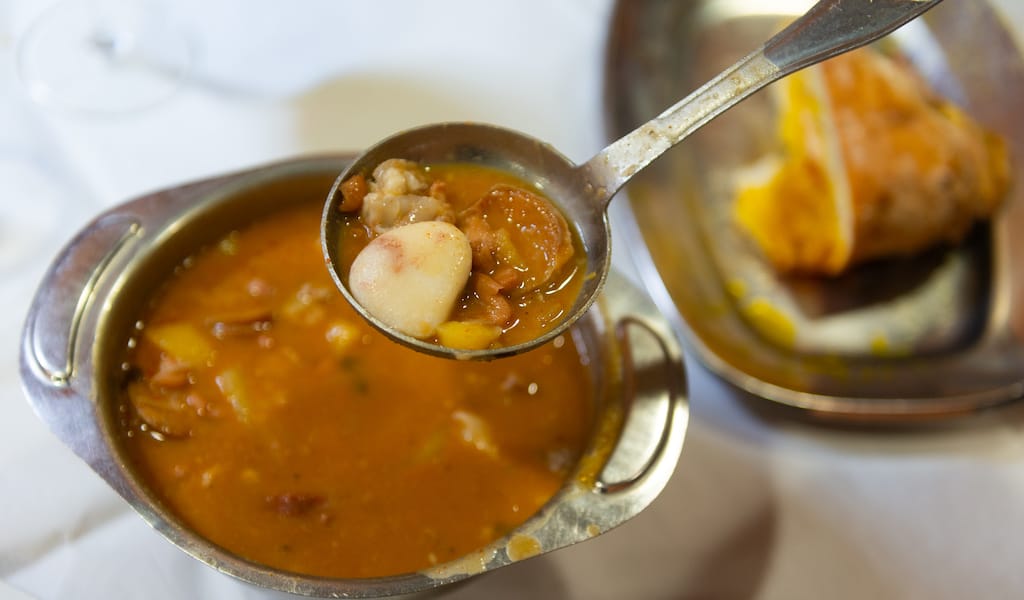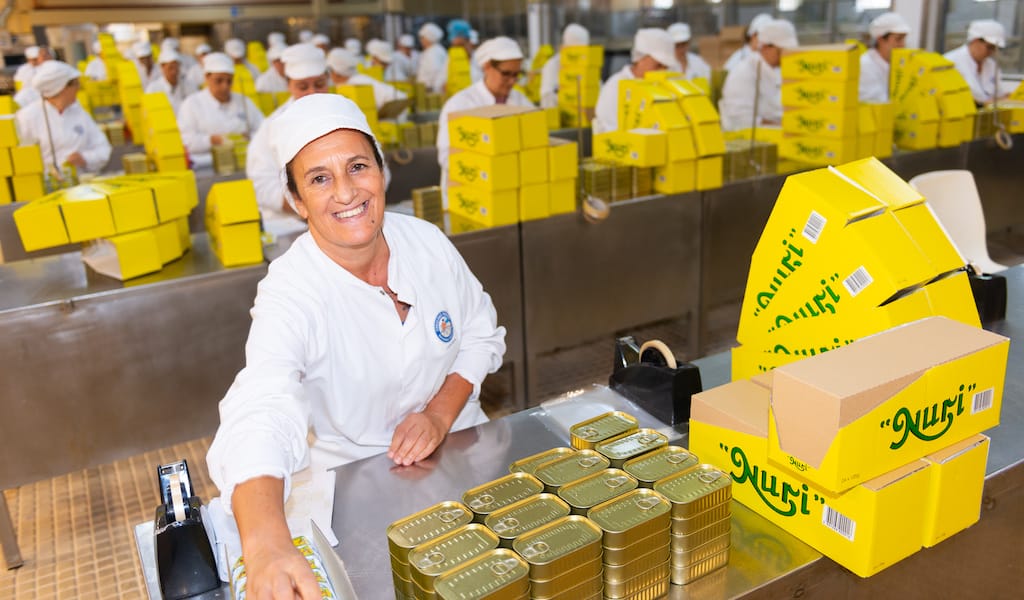We weren’t entirely sure if we were in the right place. Upon reaching the summit of a comically steep driveway, Casa de Souto Velho appeared more private home than restaurant. And even if this was indeed our destination, we had not made a reservation. Nonetheless, and despite having a virtually full house, Eufrásia Almeida welcomed us inside, and within seconds our table was loaded with a bottle of wine made from local grapes, a plate of house-made preserved meats, and a basket of house-baked bread. After lunch – more on that later – her son Pedro showed us around the garden, the chicken coop, the pig pen and the smokehouse, and even drove us to see the family vineyard. Regardless of where we had arrived, we were, we felt, at home.
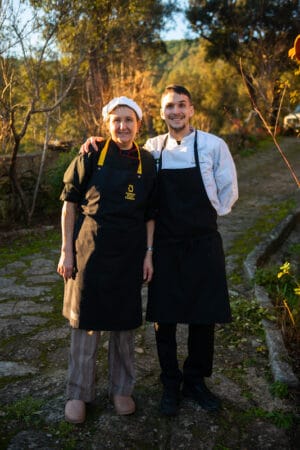
Such is the hospitality of Tabernas do Alto Tâmega, a network of eateries in far northern Portugal. Named for the Tâmega River, which originates in Galicia, Spain before cutting a diagonal line across Portugal’s northern tip, the upper reaches of the river – the eponymous Alto Tâmega – is one of Portugal’s more rugged areas. Nowadays, the region is only a two-hour drive northeast from Porto, but people there still work the land and live in granite houses in remote villages, some seemingly hidden in valleys, others boldly clustered on mountaintops that receive snow in the winter. As such, the Alto Tâmega is home to a cuisine that reflects this challenging environment: breads made from a mix of wheat, rye and corn flours; an astounding and sophisticated array of sausages and other preserved meats; hearty bean stews, rice dishes and cozido, Portugal’s beloved “boiled meal;” wild mushrooms and cultivated greens; trout from the rivers; one of the country’s most prized honeys; and, perhaps most famously, beef from shaggy, long-horned Barrosã cattle.
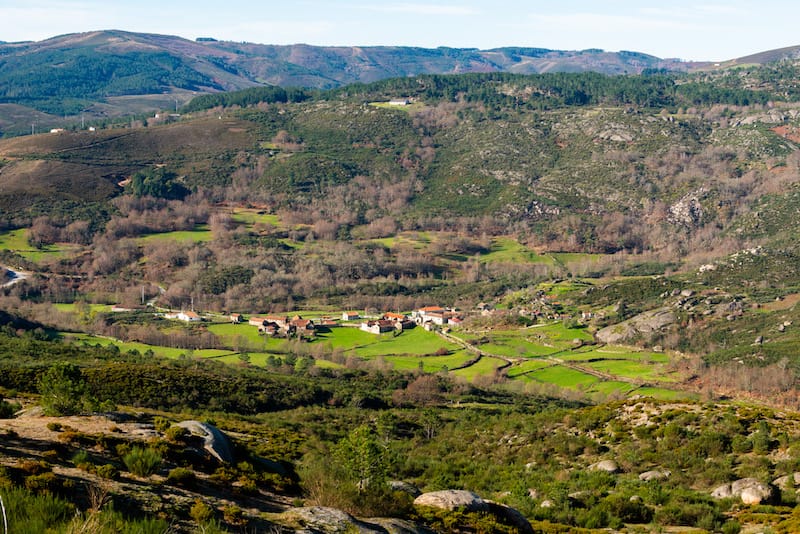
This land and these ingredients and dishes link the 15 venues that make up the Tabernas do Alto Tâmega, an initiative kick-started by the Associação de Desenvolvimento da Região do Alto Tâmega (the Alto Tâmega Region Development Association) in 2004, and funded in part by the Portuguese government, with the idea of protecting and promoting the area’s gastronomic heritage. But what’s also unique about the program is the diversity of the listings themselves. The network highlights tabernas – rustic eateries – across the region that include standard restaurants but also private homes. Casa de Souto Velho, the program’s inaugural eatery, is an example of the latter.
“Now, the other tabernas have TV and menus, but we still keep it the same way,” says Pedro Almeida, the son of the chef-owners Eufrásia and Osvaldo. When we stopped in, Pedro happened to be visiting from Macau, where he also works as a chef.
Pedro tells us that his parents got their start by making and selling local-style sausages. Customers from out of town would ask how to prepare their purchases, and the pair simply started making cozido, the one-pot dish of sausages, tubers and vegetables, in their living room. The operation has since expanded, and now includes an expansive dining room, yet a visit to Casa de Souto Velho continues to feel like a meal in a family home.
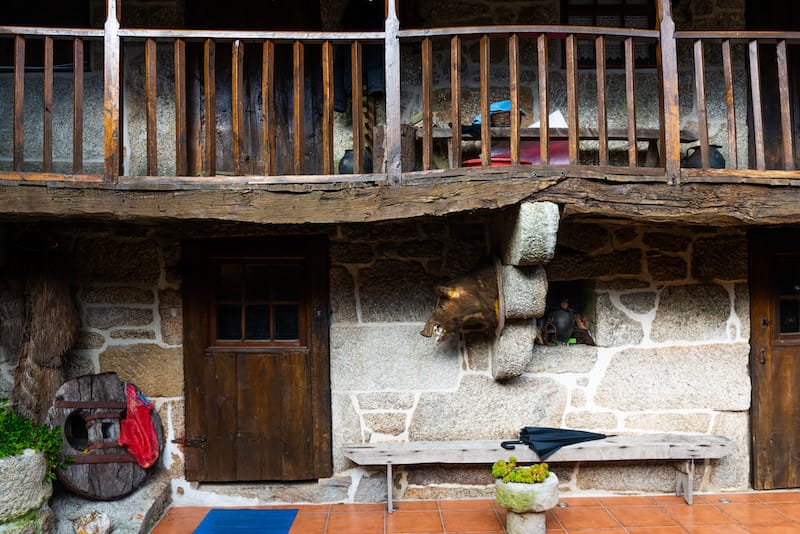
The repertoire of dishes served at Casa de Souto Velho (there is no menu per se – call ahead to book and to learn what’s being served) has expanded as well, but we were lucky enough to stop in on a cozido day. It’s a meal that’s served – and beloved – across Alto Tâmega, but what’s remarkable about the cozido at Casa de Souto Velho is that nearly every single element of the dish – from the bísaro breed of pigs that would later be transformed into sausages, the rooster that needs to be slowly braised, even the delicious cabbage – was made, raised or grown in-house. The dish is also, quite frankly, astonishingly large, and seeing us behind the massive cauldron of meats and vegetables, Pedro teased, “If you don’t finish everything, my mom is going to feel bad!”
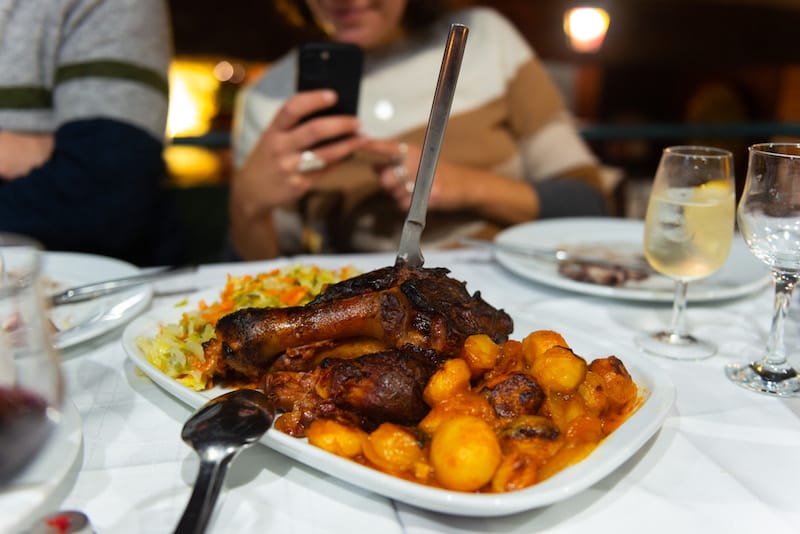
From Casa de Souto Velho, it’s only a brief drive to Chaves, the largest city in the region, where we witnessed the opposite end of the Tabernas do Alto Tâmega eatery spectrum. Aprígio, located just outside the city’s historical center, is a standard-looking, if lauded, restaurant. Yet stopping in for lunch on a weekday, the dish of the day was ossos da suã com feijão e couve, meaty pork back bones boiled and served with local cabbage and beans, a distinctly rustic dish that seemed to clash with the contemporary-feeling interior. Nonetheless it was delicious, and all it took was a drizzle of olive oil and a glass of local red for it to feel sophisticated.
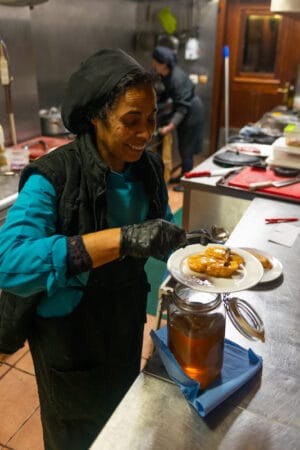
Things got slightly more rustic at Taberna Ti João, a restaurant located just outside Carvalhelhos, the source of one of Portugal’s most prized mineral waters. Looking at the menu, our group asked chef/owner João Almeida what he recommended, and his confident reply was, “Here, everything is good.” And he wasn’t wrong. Our meal spanned a delicious starter of slices of Barrosã veal liver seared in garlicky olive oil, rice bulked out with short ribs braised in red wine, a Barrosã veal steak, and rabanadas, a Portuguese take on French toast that appears at many local eateries, here drizzled with local honey that bees produce from heather flowers.
There was a similar vibe at Casa de Vilar, named after the tiny granite village nearby. It’s also a restaurant, but one that, in practice at least, doesn’t have a menu. Rather, a waiter simply asked us for our preferred cut of the rich, tender Barrosã beef – costeleta, a t-bone-like cut, or posta, a bone-free cut from the leg – which was sprinkled with salt and grilled over coals before being drizzled with garlic-studded olive oil.

Yet some of the most interesting venues in the Tabernas do Alto Tâmega network are those that exist in a zone somewhere between restaurant and private home. Perhaps the best example of this is Casa do Pedro, located in Vilarinho Seco, one of the most well-preserved granite villages in the region. Visit the village in the morning or evening, and you’ll witness locals walking long-horned Barrosã cattle to or from pasture, a scene that probably hasn’t changed in centuries.
The eatery, which is only open via advance reservation, is linked to a smokehouse, and the eponymous patriarch Pedro and his family make and serve delicious smoked ham and a variety of sausages and other preserved meats. Depending on what time of year you visit, these smoked meats might make their way into the ubiquitous cozido or a rice dish, or perhaps Pedro and his wife are roasting kid goat in a wood-burning oven. There’s something special about letting your host determine the menu, and as is the case with other Taberrnas do Alto Tâmega, you can be guaranteed that the intersection of food, place and people culminate in the kind of culinary experience that simply can’t be recreated elsewhere.
Austin BushAustin Bush
Published on February 24, 2023
Related stories
February 7, 2024
PortoAt first glance, there’s not much to see in Mealhada, a town in Portugal’s central inland Bairrada region about an hour’s drive south of Porto. If there is a main feature here, it’s probably the EN1, the country’s original north-south highway, which slices the town in half, providing a conduit for a seemingly never-ending parade…
January 19, 2024
LisbonIt’s an early example of guilt tripping. The story goes that a monk arrived in a Portuguese village, hungry and clever. He grabbed a rock and carried it door to door, claiming that it was his only ingredient, asking people if they would be kind enough to supplement it so he could make a meal.…
December 7, 2023
PortoMatosinhos, it could be said, has seen better times. In its heyday, the semi-industrial-feeling port city just north of Porto was once home to 54 fish canneries. Today, only two remain. Along the city’s wide, empty-feeling streets, some of the city’s former factories and their graceful Art Nouveau facades have been reappropriated as other businesses…














































